Activity 1: Skills and Best Practices
Think/Pair/Share & Informal Cooperative Learning Groups
What is Think/Pair/Share? Copyright © 1998-2000 by Raymond C. Jones www.wcer.wisc.edu/nise/CL1/CL/doingcl/thinkps.htm
Think/Pair/Share is a cooperative discussion strategy developed by Frank Lyman and his colleagues in Maryland. It gets its name from the three stages of student action, with emphasis on what students are to be DOING at each of those stages.
How Does It Work?
- Think. The teacher provokes students' thinking with a question or prompt or observation. The students should take a few moments (probably not minutes) just to THINK about the question.
- Pair. Using designated partners nearby neighbors, or a desk mate, students PAIR up to talk about the answer each came up with. They compare their mental or written notes and identify the answers they think are best, most convincing, or most unique.
- Share. After students talk in pairs for a few moments (again, usually not minutes), the teacher calls for pairs to SHARE their thinking with the rest of the class. She can do this by going around in round-robin fashion, calling on each pair; or she can take answers as they are called out (or as hands are raised). Often, the teacher or a designated helper will record these responses on the board or on the overhead.
Why Should I Use Think/Pair/Share? We know that students learn, in part, by being able to talk about the content. But we do not want that to be a free-for-all. Think-Pair-Share is helpful because it structures the discussion. Students follow a prescribed process that limits off-task thinking and off-task behavior, and accountability is built in because each must report to a partner, and then partners must report to the class.
Because of the first stage, when students simply THINK, there is Wait Time: they actually have time to think about their answers. Because it is silent thinking time, you eliminate the problem of the eager and forward students who always shout out the answer, rendering unnecessary any thinking by other students. Also, the teacher has posed the question, and she has EVERYONE thinking about the answer, which is much different from asking a question and then calling on an individual student, which leads some students to gamble they won't be the one out of 30 who gets called on and therefore they don't think much about the question. Students get to try out their answers in the private sanctuary of the pair, before having to "go public" before the rest of their classmates. Kids who would never speak up in class are at least giving an answer to SOMEONE this way. Also, they often find out that their answer, which they assumed to be stupid, was actually not stupid at all...perhaps their partner thought of the same thing. Students also discover that they rethink their answer in order to express it to someone else, and they also often elaborate on their answer or think of new ideas as the partners share. These, it seems, are powerful reasons to employ Think-Pair-Share in order to structure students' thinking and their discussion.
Concept of Definition Map
Marzano, Robert J., Pickering, Debra J., Pollock, Jane E. (2001). Classroom Instruction That Works. McREL/ASCD. 77.
Concepts patterns, the most general of all patterns, organize information around a word or phrase that represents entire classes or categories of persons, places, things, and events. The characteristics or attributes of the concept, along with examples of each should be included in this pattern.
Graphic Organizers
Northwest Regional Educational Laboratory, Pathways to School Improvement http://www.ncrel.org/sdrs/areas/issues/students/learning/lr1grorg.htm.
A graphic organizer is an instructional tool used to illustrate a student or class's prior knowledge about a topic or section of text; specific examples include the K-W-L-H Technique and the Anticipation/Reaction Guide. Other organizers include the:
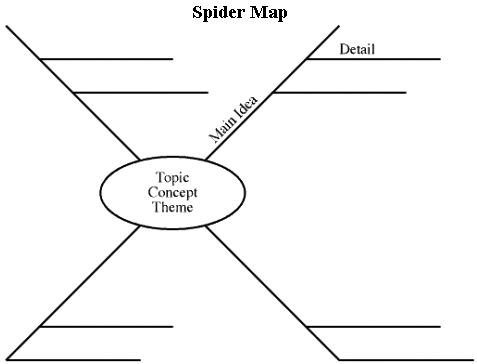
Used to describe a central idea: a thing (a geographic region), process (meiosis), concept (altruism), or proposition with support (experimental drugs should be available to AIDS victims). Key frame questions: What is the central idea? What are its attributes? What are its functions?
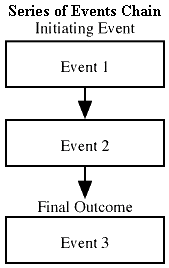
Used to describe the stages of something (the life cycle of a primate); the steps in a linear procedure (how to neutralize an acid); a sequence of events (how feudalism led to the formation of nation states); or the goals, actions, and outcomes of a historical figure or character in a novel (the rise and fall of Napoleon). Key frame questions: What is the object, procedure, or initiating event? What are the stages or steps? How do they lead to one another? What is the final outcome?

Used for time lines showing historical events or ages (grade levels in school), degrees of something (weight), shades of meaning (Likert scales), or ratings scales (achievement in school). Key frame questions: What is being scaled? What are the end points?
|
Name 1 |
Name 2 |
| Attribute 1 |
|
|
Attribute 2 |
|
|
Attribute 3 |
|
|
Used to show similarities and differences between two things (people, places, events, ideas, etc.). Key frame question: What things are being compared? How are they similar? How are they different?
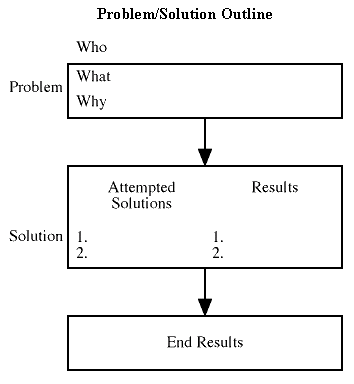
Used to represent a problem, attempted solutions, and results (the national debt). Key frame questions: What was the problem? Who had the problem? Why was it a problem? What attempts were made to solve the problem? Did those attempts succeed?
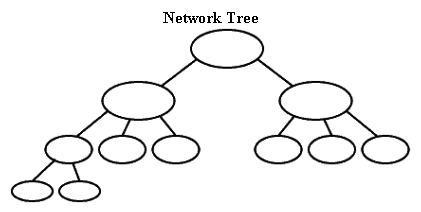
Used to show causal information (causes of poverty), a hierarchy (types of insects), or branching procedures (the circulatory system). Key frame questions: What is the superordinate category? What are the subordinate categories? How are they related? How many levels are there?
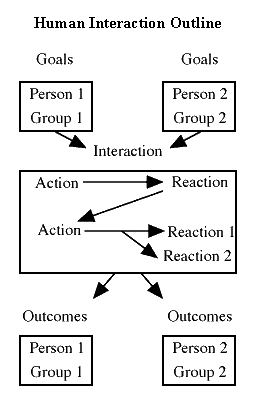
Used to show the nature of an interaction between persons or groups (Europeans settlers and American Indians). Key frame questions: Who are the persons or groups? What were their goals? Did they conflict or cooperate? What was the outcome for each person or group?

Used to show the causal interaction of a complex event (an election, a nuclear explosion) or complex phenomenon (juvenile delinquency, learning disabilities). Key frame questions: What are the factors that cause X ? How do they interrelate? Are the factors that cause X the same as those that cause X to persist?
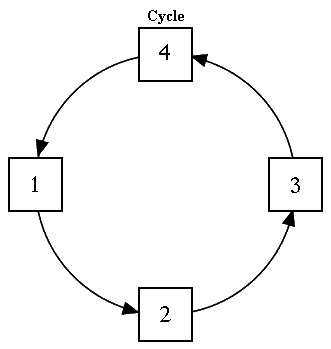
Used to show how a series of events interact to produce a set of results again and again (weather phenomena, cycles of achievement and failure, the life cycle). Key frame questions: What are the critical events in the cycle? How are they related? In what ways are they self-reinforcing?
Inquiry Chart
What is an I-Chart? Copyright © 1998-2000 by Raymond C. Jones http://curry.edschool.virginia.edu/go/readquest/home.html.
Inquiry Charts were developed by James V. Hoffman, based on the work of McKenzie, Ogle, and others. I-Charts offer a planned framework for examining critical questions by integrating what is already known or thought about the topic with additional information found in several sources.
How does it work? On a given topic, you'll have several questions to explore. These are found at the top of each individual column. The rows are for recording, in summary form, the information you think you already know and the key ideas pulled from several different sources of information. The final row gives you a chance to pull together the ideas into a general summary. It's at this time you'll also try to resolve competing ideas found in the separate sources or, even better, develop new questions to explore based on any conflicting or incomplete information.
How does it look, generally? The I-Chart that appears below is merely a suggestion. You and your students can create for yourselves an I-Chart to help you analyze several sources of information. You should feel free to modify the I-Chart, such as including a bottom row to list new questions.
INQUIRY CHART
TOPIC:
Due Process Rights of Public School Students |
1. Are teachers, principals, and other school officials required to provide due process rights to students? | 2. How does the phrase from the Fourteenth Amendment: “nor shall any State deprive any person of life, liberty, or property, without due process of law” apply to public school students? | 3. Are public school students protected from corporal punishment (spanking) for breaking school rules according to the Eighth Amendment’s protection from cruel and unusual punishment? |
WHAT DO I (WE) ALREADY KNOW?
|
|||
WHAT QUESTIONS DO I (WE) HAVE?
|
|||
| WEB SOURCE 1:
|

 Module Menu
Module Menu Printable View
Printable View